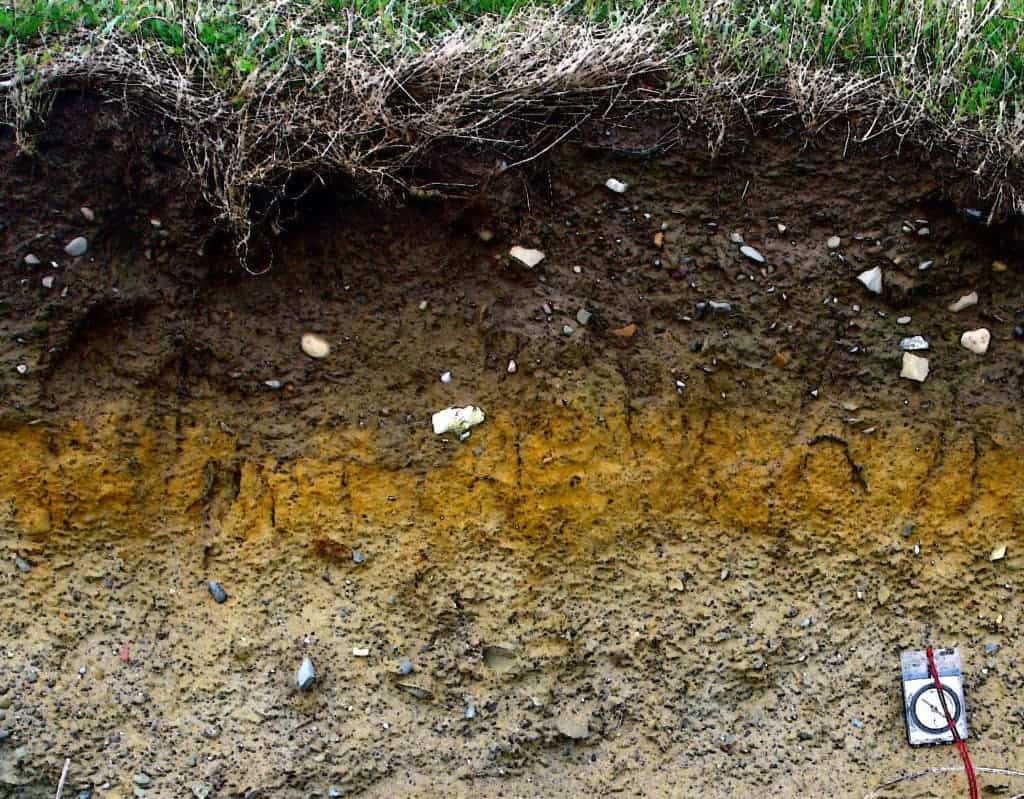Carbon dioxide is the main driver of climate change. The greenhouse gas is released into the atmosphere where it heats the Earth. But according to a new study, it’s not just atmosphere carbon that we should worry about – soil carbon has also started to leak, contributing to the problem.
The majority of the Earth’s terrestrial carbon is stored in the soil. The levels have been kept stable by bacteria which use it for energy. Now, due to existing climate change, the activity of this bacteria is affected meaning that more carbon is released into the atmosphere, making it warmer and reinforcing the cycle. If the paper is right, then 17 percent more emissions will be released into the atmosphere by 2050 than was previously predicted – a huge increase.
If the paper is right, then 17 percent more emissions will be released into the atmosphere by 2050 than was previously predicted – a huge increase. But it gets even worse.
Most of the carbon is stored in places like the Arctic and sub-Arctic where soil is cold and often frozen. Microbes are less active there because it’s cold, so the carbon can accumulate over centuries and millennia. These are also the places where most of the warming takes place – polar areas heat up much faster than the global average.
“The scary thing is, these cold regions are the places that are expected to warm the most under climate change,” Thomas Crowther, a postdoctoral fellow at the Yale School of Forestry and Environmental Studies and at the Netherlands Institute of Ecology, said in a statement.
This is important if we want to achieve the objectives established in the Paris Agreement. The objectives are based on current models, and models may be imperfect or may be missing some things. Feedback loops are often hard to account for, as is the case here.
“Getting a handle on these kinds of feedbacks is essential if we’re going to make meaningful projections about future climate conditions,” said Crowther.
“Only then can we generate realistic greenhouse gas emission targets that are effective at limiting climate change.”
This is not the only such mechanism scientists are currently trying to weigh. Several other biological processes related to plant and bacteria could have a positive or negative effect on global emissions.
Journal Reference: T. W. Crowther et al. Quantifying global soil carbon losses in response to warming. Nature 540, 104–108 (01 December 2016) doi:10.1038/nature20150










